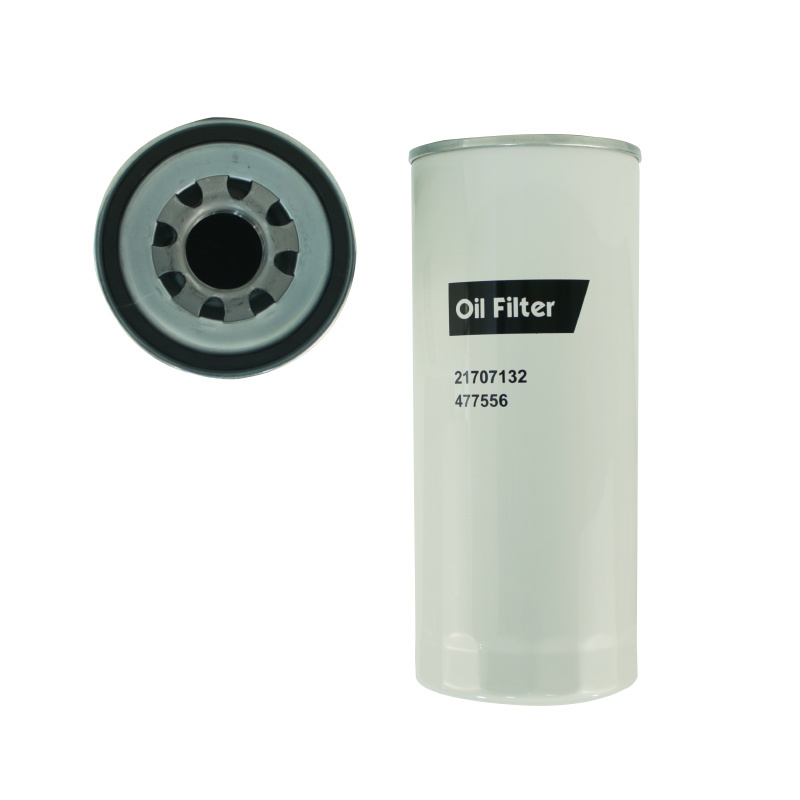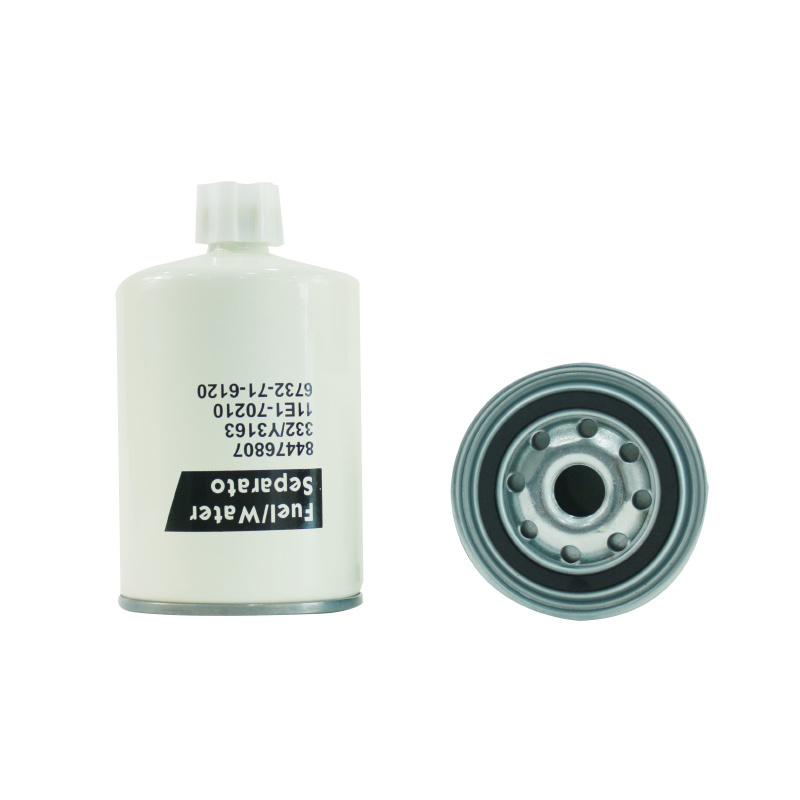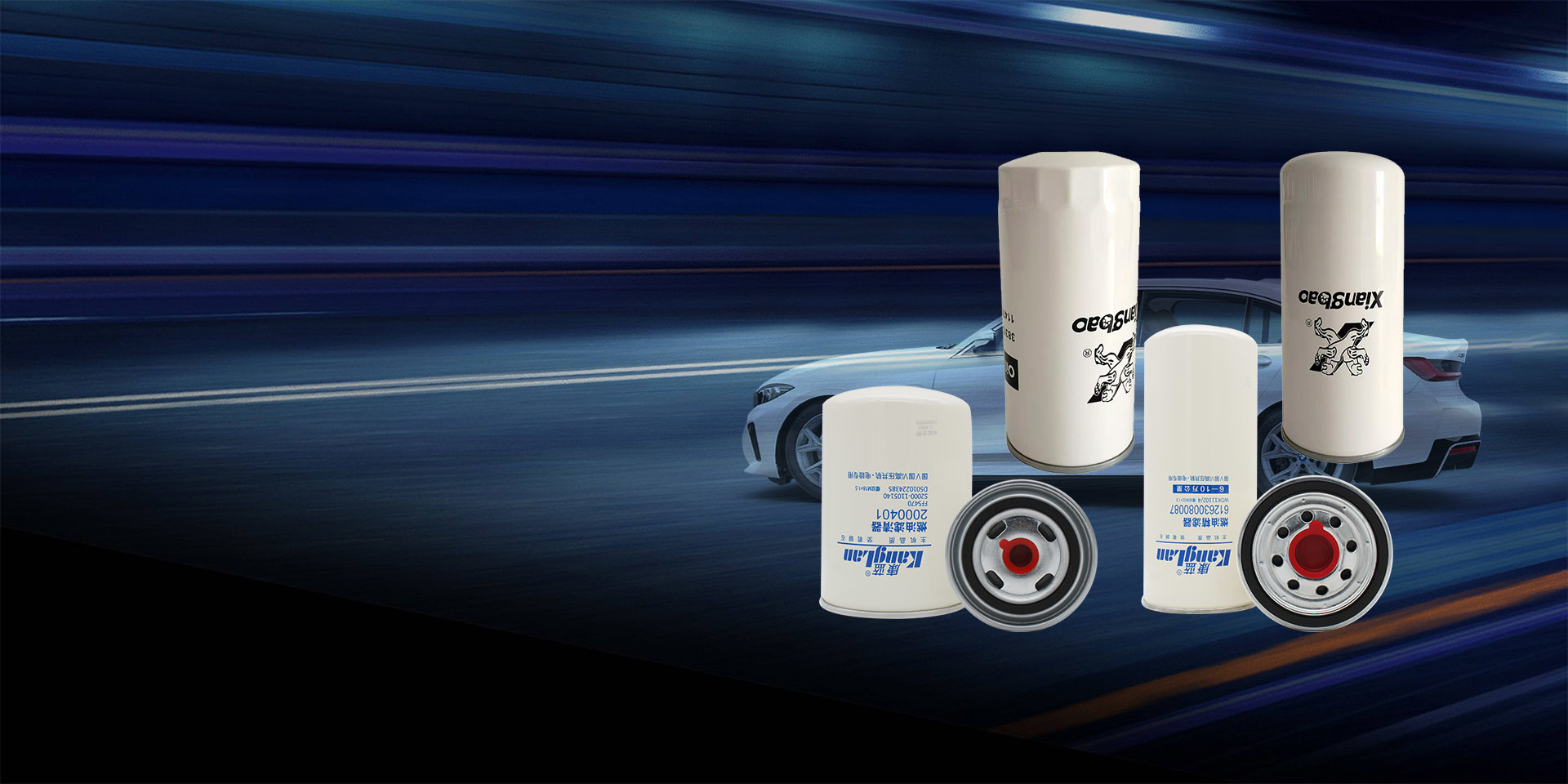Welcome to Hebei Takai Vehicle Parts Technology Co., Ltd.
Identifying Signs Your Oil-Water Separator Needs Repair: A Comprehensive Guide
Release Time:
Jul 29,2025
Identifying Signs Your Oil-Water Separator Needs Repair: A Comprehensive Guide Table of Contents What is an Oil-Water Separator? Importance of Oil-Water Separators in Industrial Applications Common Signs of Oil-Water Separator Failure Conducting Visual Inspections Operational Issues to Monitor Best Maintenance Practices for Oil-Water Separators Repair vs. Replacement:
Identifying Signs Your Oil-Water Separator Needs Repair: A Comprehensive Guide
Table of Contents
- What is an Oil-Water Separator?
- Importance of Oil-Water Separators in Industrial Applications
- Common Signs of Oil-Water Separator Failure
- Conducting Visual Inspections
- Operational Issues to Monitor
- Best Maintenance Practices for Oil-Water Separators
- Repair vs. Replacement: Making the Right Choice
- Frequently Asked Questions
- Conclusion
What is an Oil-Water Separator?
An oil-water separator is a critical piece of equipment used in various industrial applications to remove oil and grease from wastewater. These separators are designed to facilitate the separation of oil from water, ensuring that effluents meet environmental regulations before disposal. The effectiveness of these separators is vital for maintaining operational efficiency and environmental compliance.
Importance of Oil-Water Separators in Industrial Applications
Oil-water separators play a significant role in industries such as manufacturing, automotive, and oil and gas. They help prevent oil contamination in water bodies, which can lead to severe environmental damage and regulatory penalties. By efficiently treating wastewater, these separators contribute to sustainable practices and enhance the overall productivity of industrial operations.
Common Signs of Oil-Water Separator Failure
Identifying the signs that an oil-water separator needs repair is crucial for preventing operational disruptions and costly repairs. Here are some common indicators:
1. Unusual Odors
If you notice a strong, unpleasant odor around the separator, it may indicate that oil is not being adequately separated, leading to contamination and the growth of bacteria. This should be investigated promptly.
2. Increased Oil Levels in Discharge
Monitoring the oil levels in the discharge is essential. If oil levels are higher than permissible limits, it signals that the separator is failing to perform its function effectively.
3. Frequent Backups or Clogs
Regular backups in the system can indicate that the separator is unable to handle the volume of oil and water being processed. Frequent clogs can disrupt operations and require immediate attention.
4. Visible Oil Sheen on Water Surface
Seeing an oil sheen on the water surface after treatment means the separator is not functioning as it should. This is a clear sign of malfunction that needs to be addressed.
5. Changes in Flow Rate
An unexpected change in flow rate can suggest that the separator is clogged or damaged. Monitoring flow rates can help catch issues early before they escalate.
Conducting Visual Inspections
Regular visual inspections are essential for identifying potential problems with your oil-water separator. Here’s how to conduct an effective inspection:
1. Check for Leaks
Inspect seals, joints, and connections for any signs of leakage. Leaks can indicate seal degradation or structural issues that require immediate repair.
2. Inspect for Corrosion
Corrosion can significantly impact the integrity of the separator. Look for rust, discoloration, or pitting on the separator’s surface. Addressing corrosion early can prevent further damage.
3. Assess Sediment Buildup
Check for sediment buildup in the separator. Excessive sediment can disrupt the separation process, leading to inefficient operation.
4. Examine the Oil Collection Chamber
Regularly inspect the oil collection chamber for signs of oil accumulation. If the chamber is consistently full, it may indicate that the separator is not working effectively.
Operational Issues to Monitor
In addition to visual inspections, there are several operational issues that can signal a need for repair:
1. Alarms and Indicators
Many modern oil-water separators are equipped with alarm systems. If alarms are triggered, it may indicate a malfunction that requires immediate investigation.
2. Consistent Maintenance Requirements
If the separator requires frequent maintenance or repairs, it could be a sign of underlying issues that need to be addressed. Keeping a maintenance log can help identify patterns of failure.
3. Performance Metrics
Monitor key performance metrics such as the rate of oil removal and water clarity. Significant deviations from normal levels can indicate a malfunction.
Best Maintenance Practices for Oil-Water Separators
Regular maintenance is vital for ensuring the longevity and effectiveness of your oil-water separator. Here are some best practices:
1. Schedule Regular Maintenance
Establish a routine maintenance schedule to inspect and service the separator. Regular checks can help catch problems early and extend the system's life.
2. Clean the Separator Regularly
Cleaning the separator is crucial for maintaining its efficiency. Remove accumulated oil and sediments to ensure optimal performance.
3. Monitor Oil Levels
Keep a close eye on oil levels in the collection chamber. Regularly empty and dispose of oil to prevent overflow and contamination.
4. Train Staff on Proper Use
Ensure that staff is trained on the proper operation and maintenance of the oil-water separator. Proper use can mitigate risks of damage and ensure compliance with regulations.
Repair vs. Replacement: Making the Right Choice
When faced with a malfunctioning oil-water separator, businesses often face the dilemma of whether to repair or replace the equipment. Consider the following factors:
1. Age of the Separator
If the separator is nearing the end of its expected lifespan, replacement may be a more cost-effective option than repeated repairs.
2. Frequency of Repairs
Regular repairs may indicate that the separator is not functioning optimally. If repairs are becoming frequent, it may be time to consider a replacement.
3. Cost Analysis
Conduct a cost analysis to determine whether repairing the current unit is more economical than investing in a new separator.
Frequently Asked Questions
1. How often should I inspect my oil-water separator?
It is advisable to conduct visual inspections at least once a month and perform thorough maintenance checks every six months to ensure optimal performance.
2. What are the consequences of ignoring maintenance?
Neglecting maintenance can lead to severe operational issues, increased downtime, environmental violations, and costly repairs.
3. Can I repair an oil-water separator myself?
While some minor maintenance tasks can be done in-house, it is best to consult professionals for repairs to ensure compliance with safety and regulatory standards.
4. What should I do if I notice an oil sheen in discharge?
If you observe an oil sheen, stop operations immediately and inspect the separator for issues. Consult a professional if needed.
5. How can I extend the life of my oil-water separator?
Regular maintenance, proper usage, and timely repairs are the best ways to extend the life of your oil-water separator.
Conclusion
Identifying the signs that your oil-water separator needs repair is essential for maintaining operational efficiency and ensuring compliance with environmental regulations. By conducting regular inspections, monitoring operational metrics, and adhering to best maintenance practices, you can prevent costly downtime and extend the life of your equipment. Always prioritize proactive measures to ensure that your oil-water separator performs effectively, protecting both your business and the environment.
You Can Also Learn More About Industry Trends












